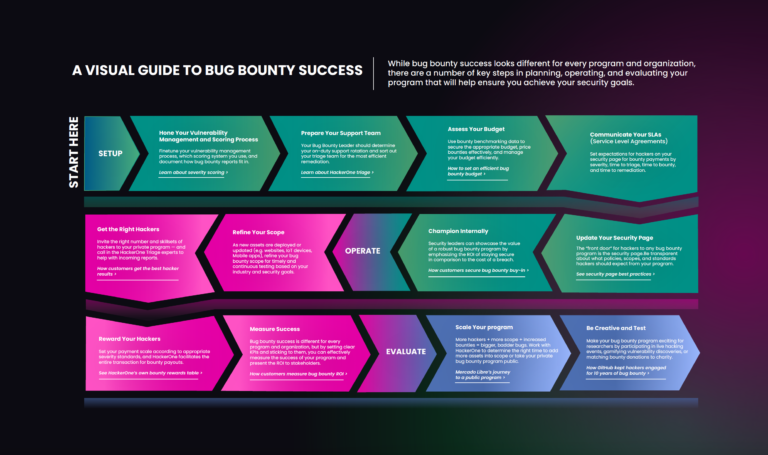
According to Federal Acquisition Regulation (FAR) 16.3013, before a government contractor can be awarded a cost-reimbursable contract, the contractor’s accounting system must be able to track applicable contract costs adequately.
One of the most essential aspects of adequately tracking these costs is conducting a thorough interim update (at least monthly), when contractors determine the costs charged to a contract and update the books—more commonly known as the “month-end close.”
Having a timely and accurate month-end closing process is critical to maintaining compliance with your requirements, building confidence among your stakeholders and laying the groundwork to secure future contracts.
But with intricate requirements, complex transactions and limited resources, it can be challenging for contractors to establish an accurate month-end close process that works well for them.
That’s why we’ve outlined a typical month-end close checklist here, with the essential steps you’ll need to follow for accurate, streamlined and successful reporting.
Typical 14-Step Month-End Close Checklist for Government Contractors
Table of Contents
- 1 Typical 14-Step Month-End Close Checklist for Government Contractors
- 1.1 1. Reconcile Bank and Credit Card Statements
- 1.2 2. Process All Timesheets
- 1.3 3. Process All Expense Reports
- 1.4 4. Review and Post Journal Entries
- 1.5 5. Reconcile Accounts Receivable
- 1.6 6. Reconcile Accounts Payable
- 1.7 7. Review Inventory and Cost of Goods Sold (COGS)
- 1.8 8. Update Fixed Asset Record
- 1.9 9. Reconcile Payroll and Employee Benefits
- 1.10 10. Reconcile the General Ledger
- 1.11 11. Calculate Indirect Rates
- 1.12 12. Review Projects
- 1.13 13. Prepare Financial Statements
- 1.14 14. Close the Books
- 2 Tailoring This Month-End Close Checklist to Your Specific Company
1. Reconcile Bank and Credit Card Statements
It’s essential that all of your transactions are captured within your general ledger. By performing a reconciliation each month of all of your bank and credit card statements, you will ensure that all costs are captured and that no costs are duplicated. This will also allow you to determine if the checks you’ve written have cleared and address those that haven’t.
Incorporating reconciliation into your processes is especially important for government contractors because the Defense Contract Audit Agency’s (DCAA) Pre-award Accounting System Adequacy Checklist requires all expenses to be captured at least monthly. This will also allow contractors to bill direct costs in a timely manner.

2. Process All Timesheets
All timesheets should be signed by the proper employees and approved by the appropriate manager as part of your month-end close checklist. It’s also important to review timesheets for accurate job assignments and overruns on level-of-effort contracts.
This allows you to confirm that your labor costs are recorded and allocated accurately, which is important for government contractors because FAR requires accurate timekeeping—and audits will require proof of compliance with FAR.
3. Process All Expense Reports
Similar to timesheets, expense reports need to be signed and approved. Reviewing these reports ensures that all expenses are accounted for and allocated correctly, which is important for accurate cost reporting and compliance.
4. Review and Post Journal Entries
Government contractors are required to follow Generally Accepted Accounting Principles (GAAP) and Cost Accounting Standards (CAS) requirements when preparing financials. That’s why most accounting systems will require you to adjust entries so that the system aligns with GAAP.
Making these adjustments should be an essential part of your month-end close checklist so that your financial data is accurate. This step includes recognizing prepaid and accrued expenses, as well as unbilled and unearned revenue, which are critical for accurate financial reporting.

5. Reconcile Accounts Receivable
Follow up on overdue payments and adjust accordingly. Verify that the Accounts Receivable report matches the Balance Sheet amount.
Reconciling your Accounts Receivable ensures that all records are accurate and up to date, making it easier to pass DCAA audits and show that you’re compliant with contract terms. Proper documentation of receivables also helps in justifying billed amounts during audits.
6. Reconcile Accounts Payable
Review your outstanding invoices and adjust accordingly. Verify that the Accounts Payable report matches the Balance Sheet amount. This step is also important to comply with government contract requirements that dictate timely payments to vendors.
7. Review Inventory and Cost of Goods Sold (COGS)
Review inventory balances for accurate expense reporting, and ensure your COGS are reconciled to your project reports. Maintaining accurate inventory and COGS records is essential for tracking project costs, keeping accurate financial reports, providing accurate cost data to the government and managing project budgets effectively.
8. Update Fixed Asset Record
Update your fixed asset records for additions, disposals and deprecation. This is important for maintaining compliance with government regulations, for correctly allocating costs to contracts and for proper financial planning.
9. Reconcile Payroll and Employee Benefits
Verifying that payroll data is entered accurately, and ensuring wages are accrued, is another essential step in any month-end close checklist. Reconciling payroll and benefits ensures that all records are accurate and up to date, making it easier to pass DCAA audits and demonstrate compliance with contract terms.

10. Reconcile the General Ledger
Ensure that all Balance Sheet accounts are reconciled and supported by external workpapers and schedules. Check that all costs are assigned to a direct or indirect project. Regular reconciliation can help to identify and resolve discrepancies quickly, which makes audits run more smoothly.
11. Calculate Indirect Rates
Calculate indirect rates based on actual costs incurred year to date. Reconcile the costs captured in the indirect rates back to the income statement. Compare the actual rates to the provisional rates to determine if costs are on target.
Proper management of indirect rates can help you control costs, improve profitability and manage projects well. It can also support any requests you make for increased funding, and it can help you meet reporting requirements.
12. Review Projects
Review the revenue, costs and profit of each project, and compare actual costs to the provisional estimates. Identify any projects that are not in line with their budgets, and discuss any discrepancies with the program managers.
This is crucial to ensure that projects are completed within budget, to provide accurate cost data, to help improve project performance and to promote customer satisfaction.

13. Prepare Financial Statements
Generate financial statements, such as an Income Statement, Balance Sheet, Cash Flow Statement and Comparative Statements. Analyze these statements for trends and variances. This step helps in making informed business decisions and demonstrating financial health to stakeholders.
14. Close the Books
The final step in any month-end close checklist is to lock down the accounting system to prevent changes to closed periods. Create a month-end internal report with all statements, workpapers and support. This helps in maintaining accurate records and preparing for audits, which is important for compliance with government regulations. Proper closing of the books also helps ensure that financial statements are final and reliable.
Tailoring This Month-End Close Checklist to Your Specific Company
Each of these steps can help you stay compliant with regulations, manage your finances effectively and provide accurate information to stakeholders.
And while this month-end close checklist we’ve provided is just the foundation, you’ll want to tailor your month-end close process to your unique organization. Adapt this resource for your own use depending on your specific accounting software, your internal controls, your project types, any stakeholder requirements and other company-specific processes.
If you’d like to learn more about proper month-end closing procedures for government contractors, or if you’d like help with adapting this checklist to your own unique situation, reach out to your Warren Averett advisor directly, or ask a member of your team to contact you.
Back to Resources




